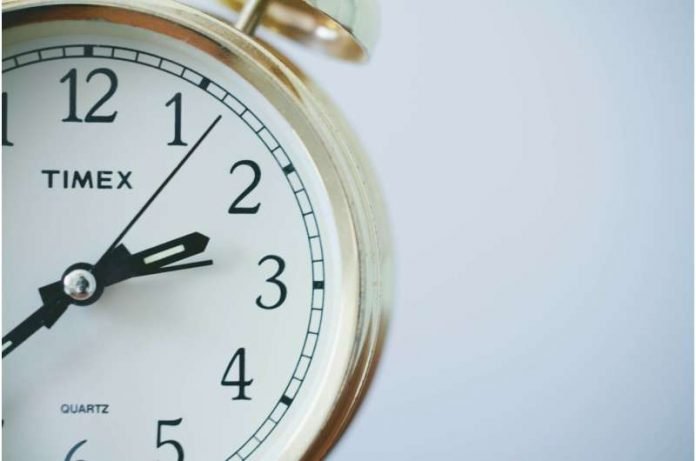
In the fall, the end of daylight saving time is often greeted with a warm welcome.
However, it can be a bit more challenging to adjust to daylight saving in the spring when you lose an hour of your time.
Prepare to spring forward on Sunday, March 13, with these tips.
Ease into it
Going to bed at the same time and waking up at the same time each day is a helpful strategy year-round. However, it can be even more beneficial during daylight saving time.
Limit your screen time
Phone and computer screens emit high levels of blue light, which can negatively impact sleep. Blue light affects your circadian rhythm and melatonin (sleep) hormone levels, tricking your brain into thinking it is still daytime.
Limit your screen time before bed or use apps that filter or block blue light to help you get a better night’s sleep.
Avoid caffeine, alcohol and snacks before bed
Caffeine stimulates your nervous system and may prevent your body from relaxing naturally at night.
Alcohol and food can also impact your sleep by disrupting your melatonin (sleep) hormone levels.
Help your body relax and prepare for sleep by avoiding caffeine, alcohol and snacks later in the evening. If you are feeling hungry, keep your snacks small and light.
Take a cat nap
If you’re feeling the effects of daylight saving time, it’s okay to take a quick cat nap during the day. Just be sure to limit your naps to 20–30 minutes.
Longer naps can disrupt your normal sleep patterns and leave you feeling more tired in the long run.
Change your clocks the night before
Smartphones and computers update the time automatically. However, there are a number of clocks that you’ll need to manually update.
Consider changing the clocks in your home, including those on your microwave, oven and car, before you go to bed on Sunday, March 13. In the morning, you’ll be relieved to know all of your clocks have the correct time.



